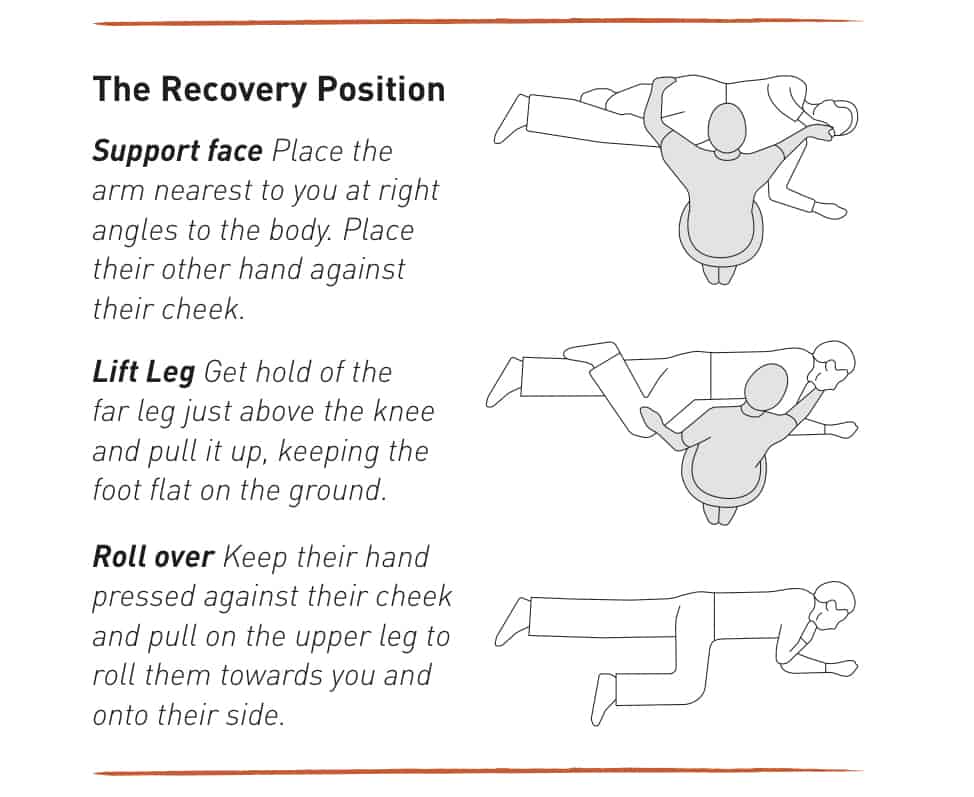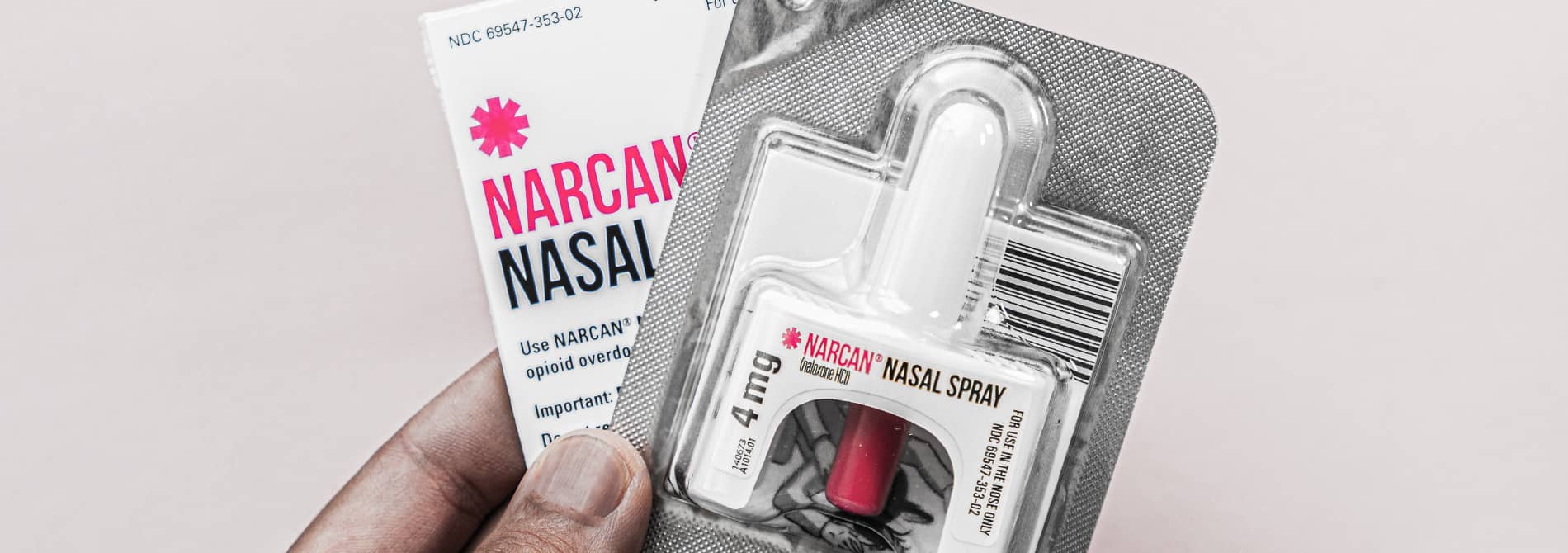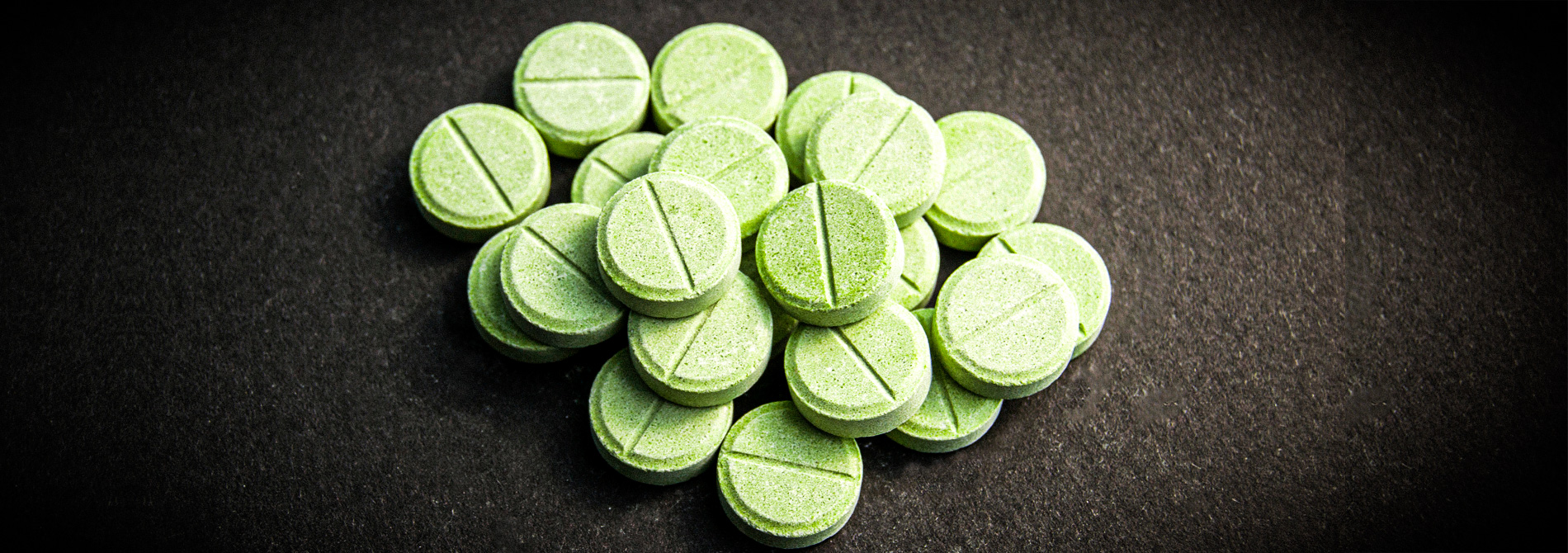On August 31, the U.S. will join more than 40 other nations to recognize International Overdose Awareness Day. Drug users in North America contribute significantly to overdose death numbers, with one in four fatalities globally coming from this continent and a majority coming from opioid use. To mark this solemn occasion, let’s look at the value of NARCAN, a medicine that rapidly reverses an opioid overdose and one that everyone should possess to prevent overdose deaths.
Since its debut in Australia, this day meant to reduce the stigma of drug-related deaths is celebrated with planned activities in more than 40 countries. Showing support can be as simple as wearing purple and discussing substance use disorders and how to prevent overdose incidents within your community.
If you or a loved one need help, call our admissions team today at 561-841-1033.Overdose Deaths from Opioid Use in the U.S.
According to the Centers for Disease Control and Prevention (CDC), more drug overdose deaths are related to opioid use than any other substance. The figure for 2020 shows 74.8% of drug overdose deaths came from opioid use. Use of synthetic opioids makes up the majority of opioid-involved overdose deaths, at 82.3%.
Efforts to prevent overdose deaths are still needed as data shows an increase nationwide in drug overdose deaths from 2019-2020. Among the states with a significant increase are Texas and Florida. The jump in overdose deaths in Florida during that period was 37.3%. Texas experienced a 30.6% increase in overdose deaths during the same time.
Signs of Opioid Overdose
Overdosing on an opioid can be deadly. Getting a person emergency attention should be done immediately by calling 911. A timely response to an opioid overdose can come from instantly recognizing the signs of opioid overdose.
Look at their face. A person overdosing on opioids looks extremely pale. Their lips may be discolored.
Look at their eyes. Their pupils will appear small and constricted.
Touch their skin. It will feel cold and clammy.
Check their fingernails. They will have a purple or blue coloring.
Observe their body language. An opioid overdose will make the body go limp.
Pay attention to their breathing. An opioid overdose slows the breathing rate and can slow or stop their heart from beating.
Consider any wet, gurgling sounds or vomiting as signs of an overdose.
Notice if they are unable to be awakened after opioid use.
Notice if they are unable to speak after opioid use.
Treating Opioid Overdose
The response to an overdose of opioids must be immediate to minimize harm to the person’s body or a life-threatening outcome. A call to 911 should be done first, followed by administering CPR (if trained in that procedure) until emergency medical help arrives. While responding to an opioid overdose, you will need to attempt to keep a person awake. Also, to avoid potential choking, lay them on their side in the recovery position. Administering the life-saving drug nalaxone, also known by the brand name NARCAN, is strongly encouraged.

Ease in Getting NARCAN to Prevent Overdose Deaths
NARCAN is available for purchase in all 50 states. In most states, you can get it at your local pharmacy without a prescription. If you’ve been prescribed a high-dose opioid, you can request a NARCAN prescription from your doctor. Insurance may cover a portion of the costs.
Community-based naloxone programs make NARCAN and similar products available for free to opioid users. One type of community-based prevention program, Syringe services programs (SSPs), also provide NARCAN to people with a history of opioid use and at risk for opioid overdose. Texas is one lone state in the union without a SSP.
Low Risk from Using NARCAN
NARCAN has a long history of use by medical professionals, first responders, and others for reversing the effects of opioids on the brain and respiratory system and prevent overdose deaths. The risk is generally low, and it can be safely given to someone not using opioids. Side effects from taking NARCAN are possible if someone’s been using opioids regularly. The side effects for them come from opioid withdrawal and can include body aches, diarrhea, increased heart rate, fever, and more.
Administering NARCAN
Unlike the injectable form of naloxone, NARCAN requires no needles as it’s contained in a nasal spray. There’s no specialized training needed to administer it and no set-up is necessary. A second dose may be required, depending on the type of opioid used and how it was taken.
Here are the manufacturer’s directions for administering NARCAN:
PEEL
Peel back the package to remove the device. Place your first and middle fingers on either side of the nozzle.
PLACE
Place and hold the tip of the nozzle in either nostril until your fingers touch the bottom of the patient’s nose.
PRESS
Press the red plunger firmly to release the dose into the patient’s nose.
NARCAN doesn’t replace emergency medical attention. Its effects wear off within 30-45 minutes.
Hanley Center is a well-known care provider offering a range of treatment programs targeting the recovery from substance use, mental health issues, and beyond. Our primary mission is to provide a clear path to a life of healing and restoration. We offer renowned clinical care for mental illnesses and have the compassion and professional expertise to guide you toward lasting wellness. For information on our programs, call us today: 561-841-1033.




